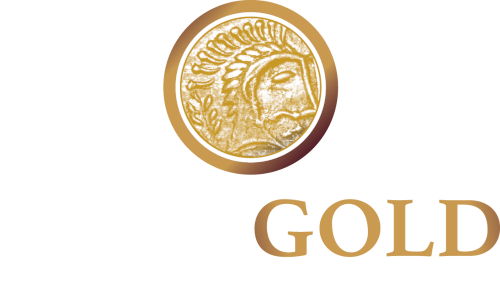Overview
14 Mile Well Gold Project
The project is located in the world-renowned Eastern Goldfields Region of Western Australia. There is excellent access throughout the project area with main roads and close proximity to the Goldfields Gas Pipeline. Situated between the historic mining centres of Leonora and Laverton.
The Project covers an area of approximately 600km2, within the Yundamindera and Glenorn pastoral leases approximately 70 km southwest of the regional town of Laverton in the Goldfields-Esperance region of Western Australia. The Project comprises 5 granted Exploration Licences (E39/1988, E39/1999, E39/2070, E39/2083 and E39/2093) and 143 granted Prospecting Licences. It also includes 7 Prospecting Licences and 2 Mining Leases which are under application.
The maximum distance across the Project is approximately 18km. It is situated to the west of the north-western shoreline of Lake Carey.
Nearby mines include the Granny Smith Gold Mine (approximately 50 km to the northeast), the Sunrise Dam Gold Mine (approximately 20 km to the east) and the Mt Morgans Gold Mine (approximately 15 km to the northeast).
Access to the project is via a sealed road from the Laverton townsite. Within the project area, there are numerous unsealed tracks and roads that have been developed throughout the region’s long history of gold mining and exploration. The Laverton regional airport is regularly serviced from the Western Australian state capital of Perth and from Kalgoorlie.
Geological Setting
The Yilgarn Craton comprises a combination of metavolcanic and metasedimentary rocks that were intruded by, and deformed around, numerous granitoid intrusive bodies. Collectively, rocks of the craton range in age from approximately 3,050 Ma to 2,600 Ma (Czarnota et al., 2010a). The Craton has been classified and divided into a series of major provinces, terranes and domains (Gee et al., 1981; Myers, 1997; Swager et al., 1995; Cassidy et al., 2006).
The Project is located in the Eastern Goldfields Superterrane (EGST) of the Yigarn Craton (Cassidy et al. 2002). The EGST Comprises the following terranes: Kalgoorlie, Kurnalpi, and Burtville
These terranes have been defined based on geochemistry, volcanic facies and age of volcanism (ranging in age from about 2,940 Ma to 2,660 Ma). The EGST contains 17 world-class gold deposits hosting more than 100 t gold (Robert et al., 2005) and is considered a mature exploration region, with gold discovery and production spanning more than a century.
